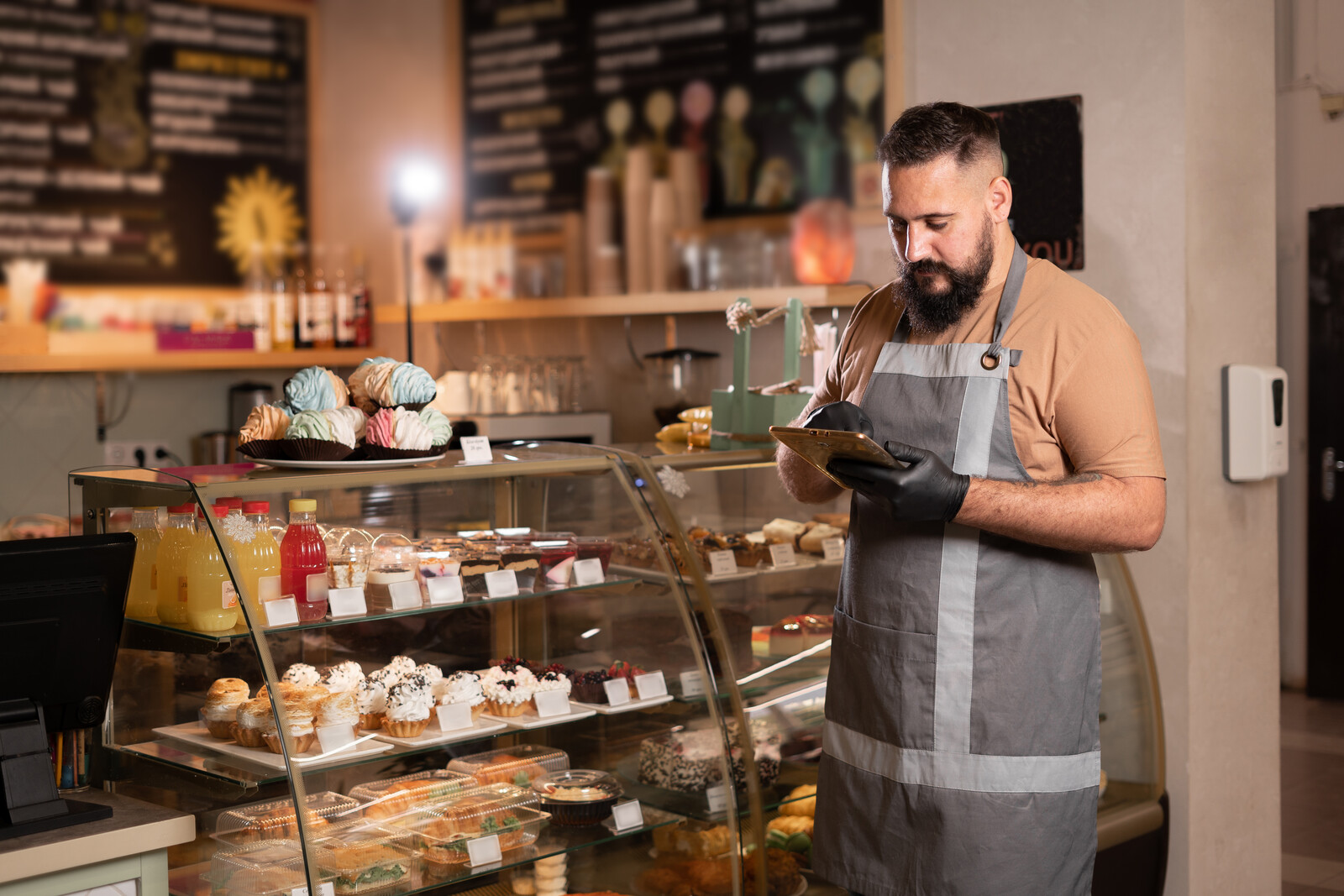Have you ever observed a wave unfurl? A curved wall of water rising and approaching, then splashing onto the shore? This is how the food renaissance rolled into our world, like a wave; unfurling before our eyes, exacerbated by the urgency of the pandemic. Now, we are experiencing food in a different way. Food service providers are pivoting from traditional operating systems including their management of food safety. Naturally, auditors have begun to monitor compliance differently. Virtual audits are becoming more commonplace, and brands are embracing this change. Like an unfurling wave, there is no going back.
Traditionally, restaurants relied on annual, biannual, or quarterly audits, where an inspector visited the facility to conduct in-person assessments of health and safety protocols. Quality and safety organizations were forced to alter their practices throughout the pandemic due to the lockdown and the restrictions that came with that time.
Virtual Audits: The New Normal
The food service industry lives under the microscope of governing bodies who ensure that established food safety practices are thoroughly adhered to. With the advent of digital food safety, and the focus on minimizing foodborne illnesses, virtual audits, also known as remote audits, are necessary. Virtual audits allow auditors to view restaurants’ operations through digital means. Audits are to be conducted with some established frequency, and Food Safety Magazine advises that the ultimate objective of a remote audit remains the same as an onsite audit. Although the means of collecting the data is different, the aim is to obtain credible audit evidence to accurately assess compliance or conformance with identified requirements and specifications. Generally, remote activities include reviewing food safety policies and procedures, reviewing some records, and interviews with higher level management staff. It also incorporates a focus on the structure, cleanliness and hygienic conditions and practices. Additionally, it highlights any risk or nonconformance.
According to FSR Magazine, virtual audits can be done via livestreaming, teleconferencing, and data transfer systems. In other words, they are conducted via platforms like Zoom, through live video feeds of the restaurant or through recorded footage. Food Safety Magazine argues that audits that are completely remote may be lacking in certain ways and suggests a hybrid format, stating that “at least 50 percent must be conducted in person.” They provide logical reasons for this recommendation including observation and technology limits if the quality of the video is poor. Communication can also become confusing depending on how body language, emails and phone conversations are interpreted; and if there is a significant time barrier between the restaurant and the auditor. Also, there could be legal implications if companies have strict restrictions on uses of video and possible recording because of proprietary information.
Modern Restaurant Management agrees with the hybrid approach, adding self-auditing into the mix. Says their article: “the trend moving forward will blend traditional audits with remote audits and self-assessments for a more frequent, comprehensive review of food safety and quality across a business.” While the in-person audit provides more space for observation, it is a moment-in-time snapshot. Remote audits allow restaurants to move toward a continuous quality model, because of greater transparency and traceability. When restaurants self-assess, it allows them to identify and mitigate risks and be compliant with established food safety standards.
How Can Virtual Audits Benefit Your Brand?
While in-person audits will not disappear, it is important to arm yourself with the necessary tools to conduct virtual audits as well as regular self-assessments. The outcome of your food safety audit determines how your brand is viewed by customers and ultimately, this affects your bottom line. When you protect your customers, you protect your brand and your bottom line. Here are some pragmatic advantages of virtual audits.
Continuity and Efficiency
Manual processes for record keeping and monitoring are time-consuming and prone to errors. You can easily customize digital checklists to monitor your restaurants’ operations continuously, to ensure that the quality of your operations are at the desired standard. This provides a unique opportunity to make data-based decisions instead of learning about weaknesses after the fact. Also, an auditor can review documentation in advance and come to the virtual audit prepared with specific questions.
Autonomy
Your staff can conduct individual self-assessments and location assessments plus traditional audits. Through this independent verification, you can demonstrate that your restaurants are meeting the most stringent food safety standards. Again, any nonconformances that are revealed may be addressed faster, ultimately protecting your employees, customer, and brand.
Employee Engagement
Often, employees are reluctant to interact with in-person auditors for fear of ‘getting in trouble.’ Remote audits create a more collaborative approach as location employees interact with auditors. This allows employees to be more engaged, knowledgeable and empowered. When employees participate, they become more invested in improving compliance, thus enhancing your brand.
Transparency and Traceability
Digital processes minimize errors, are traceable and time-stamped. You are able to conduct more audits and this increased frequency provides greater oversight and more data collection for greater visibility into compliance across your business. Worth of note, customers love transparency and support brands that are food-safety compliant.
Affordability and Flexibility
Auditors may still travel for in-person audits. However, not every audit is onsite. Virtual audits can eliminate the need to travel for follow-up assessments.
Looking Ahead
In this age of data, digital food safety is a big part of the food revolution. With the concern for food safety and minimizing or eliminating food-borne illnesses, the Federal Food and Drug Administration (FDA) launched an initiative titled “New Era of Smarter Food Safety Blueprint.” It is a call to leverage new technologies and approaches to create a more digital, transparent and safer food system. The blueprint specifically addresses compliance with a view of modernizing inspectional and reporting processes by taking advantage of mobile inspection technology and digital reporting tools.
One of the objectives is to encourage, support and evaluate the use of sensor technology by industry to strengthen monitoring of critical and preventive control points. Is your company prepared to get on board with this new wave of audits? Learn how MeazureUp can help you. Schedule a demo today.



